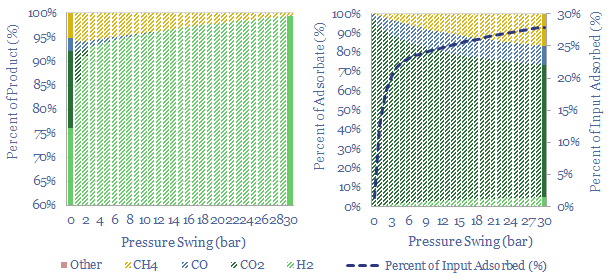
…of PSA plants purify hydrogen, biogas, polymers, nitrogen/oxygen and possibly in the future, can capture CO2? This 16-page note explores PSA technology, costs, challenges, leading companies and disruption of industrial…
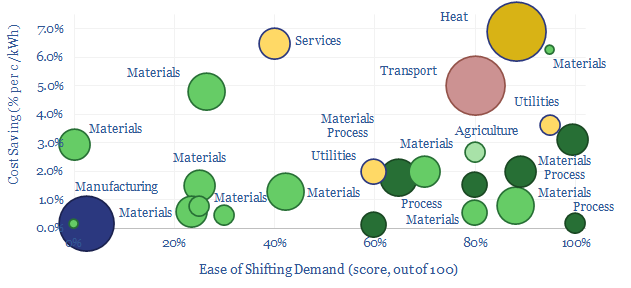
…plants, industrial gas production, electric arc furnaces, aluminium, chlor-alkali, polymers, paper, silicon, sulphur, glass, hydrofluoric acid, small-scale hydrogen and hydrogen cyanide. A best to worst ranking depends on the technical…
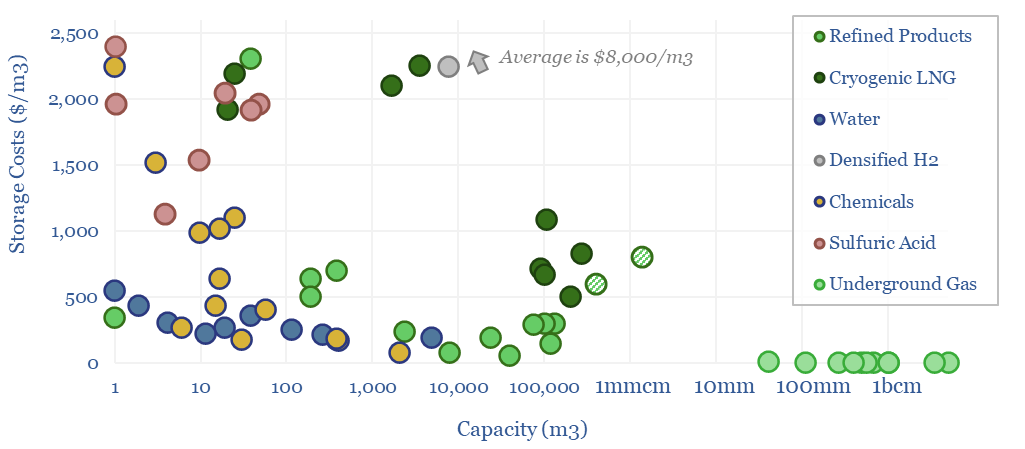
…hydrogen storage model and broader hydrogen research. Storage costs are lowest for underground gas storage, with a median $0.4/m3 of storage capacity. The key reason is scale. The average facility…
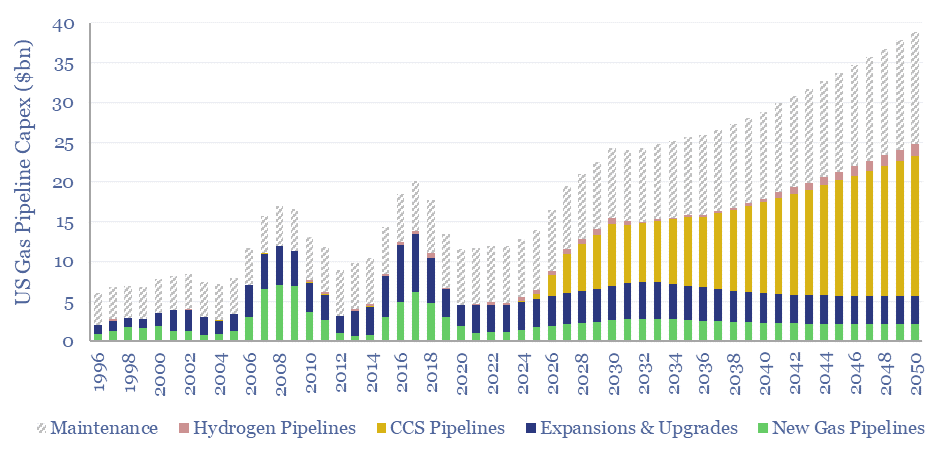
…must ramp to 1GTpa, but also as gas displaces coal in the short-medium term and US hydrogen volumes almost double from 12MTpa to 21MTpa in our hydrogen outlook. Our forecasts…
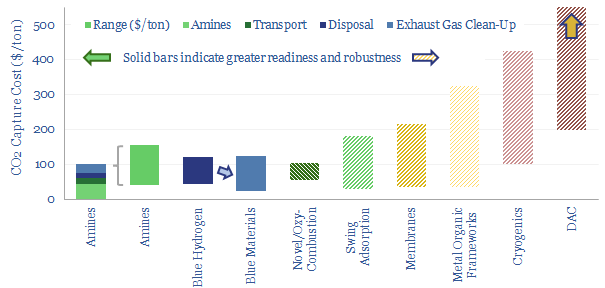
Carbon capture and storage (CCS) prevents CO2 from entering the atmosphere. Options include the amine process, blue hydrogen, novel combustion technologies and cutting edge sorbents and membranes. Total CCS costs…
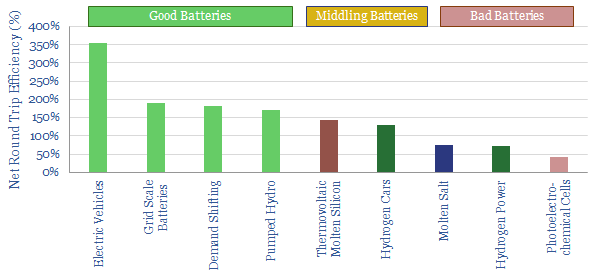
…in the world’s quest for cleaner energy. Electric Vehicles are most favoured, while grid-scale hydrogen is questioned. [restrict] As renewable energy ramps up into the global energy mix (chart below,…
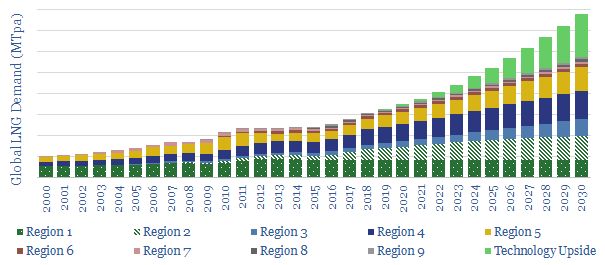
…expensive, LNG to be 30% more expensive and hydrogen to be around 4x more expensive (model here, chart below). We also find hydrogen to be 85% costlier than gasoline, to…
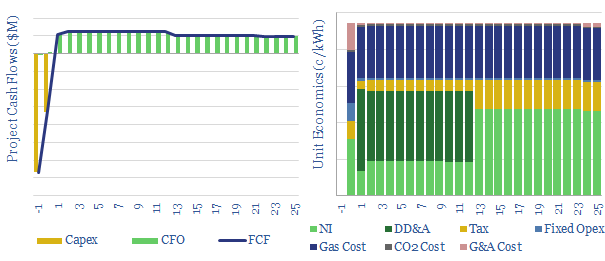
This data-file models the economics of constructing a new fuel-cell power plant; generating electricity from grey, blue or green hydrogen in a PEMFC, or from natural gas in an SOFC….
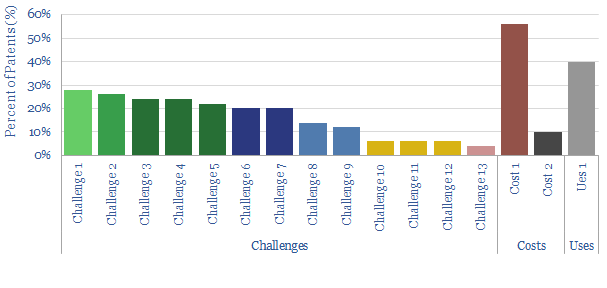
…and the economics of hydrogen fuel cell vehicles (2x most costly than conventional vehicles per km, note here) and hydrogen fuel cells for power generation (10x more costly, note here)….
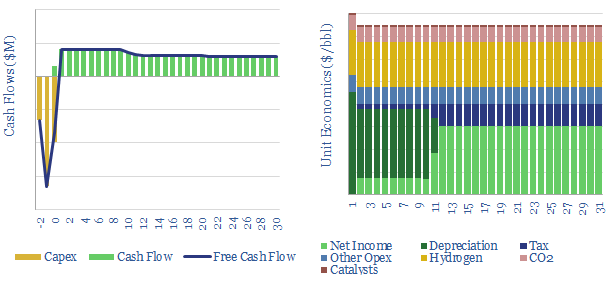
…projects and technical papers, including capex costs (in $M/kbpd) and hydrogen utilization (in scf/bbl). It is possible to decarbonize hydroprocessing by using green hydrogen instead of grey hydrogen, but the…










